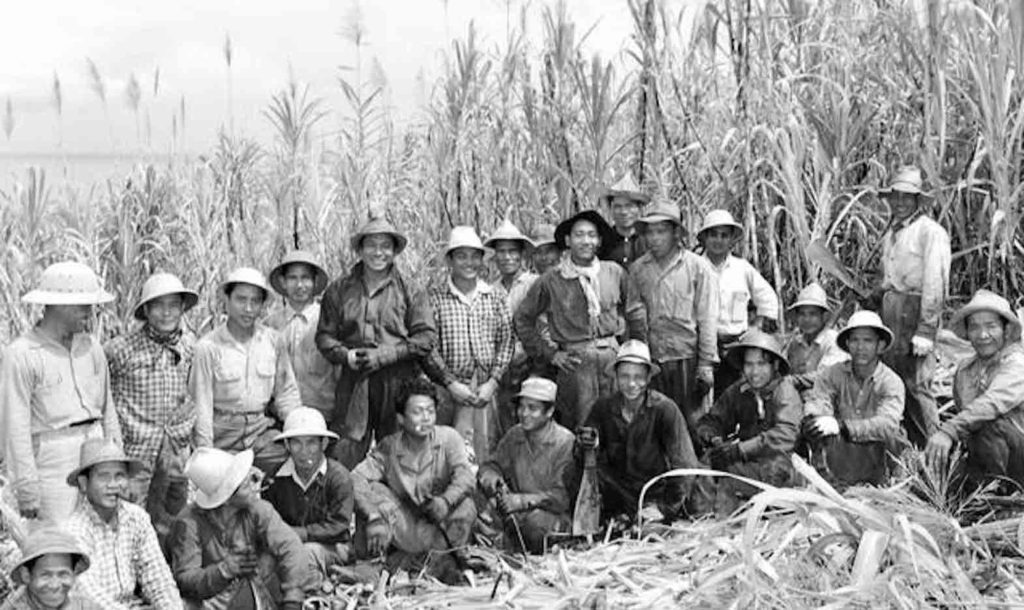Hawaii ‘Sakada Day’ honors first arrival of Filipino plantation workers 116 years ago

Sakadas and their descendants formed the majority of the labor force that increased sugar and pineapple production in Hawaii in the 1900s. LYMAN MUSEUM
HONOLULU —Hawaii marked Tuesday, Dec. 20 as Sakada Day, to honor the contributions and sacrifices of the first wave of Filipinos who immigrated to the state as agricultural workers starting more than 116 years ago.
Sakada refers to the plantation workers recruited by the Hawaiian Sugar Planters’ Association from 1906 to 1946. The first 15 young male workers came from Candon City, Ilocos Sur. Thousands of Filipinos eventually became the majority of the sugar and pineapple plantations’ work forces.
Hawaii News Now’s Annalisa Burgos visited Candon to track their descendants, and reports that a monument in city’s main plaza honors the sakada’s memory and sacrifices. A monument marks the port where the hope-filled first 15 recruits boarded the SS Doric bound for Hawaii. Families of the sakadas also donated artifacts from their ancestors to the local museum.
Burgos spoke to the daughters of Severino Sagun, who returned to Candon at 70 and married their mother. He has passed away. Fernandina, 44, Agnes, 41, and Myrna, 39, said that their father, who worked for Kekaha Sugar Corporation for 30 years, was also a musician in the company’s band. They recalled their father’s determination to have a better life.
Jun Abinsay, a former state lawmaker, told HNN that today’s Filipino community stands on the shoulders of the sakadas, the first wave of Filipino immigration to Hawaii. Filipinos’ jobs today are no longer on plantations, he said. “They’re now doctors, lawyers, nurses and the like.”
Abinsay had led the 2006 Centennial Celebration to honor 100 years and beyond of the Sakada story. “Museums, monuments and education — both in Hawaii and in the Philippines — are all efforts to share the Sakada legacy with future generations,” Burgos notes in her report.

